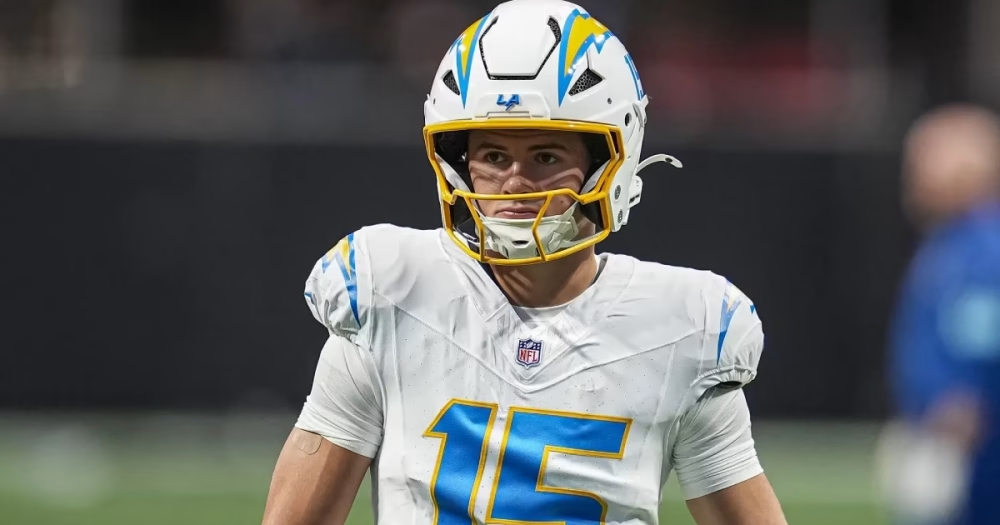In the ever-evolving landscape of fantasy football, wide receivers have become central to high-scoring lineups. The allure of a top-tier pass-catcher can often lead to aggressive drafting, pushing a player’s Average Draft Position (ADP) higher than their projected output truly justifies.
As we gear up for the 2025 season, it’s crucial to distinguish between genuine breakout candidates and those whose draft stock is simply too inflated by past performance, off-season buzz, or an underestimation of looming risks. Spotting these overvalued wideouts can save your draft and ensure you’re getting the best bang for your buck.
Here are five wide receivers whose current ADPs suggest you might be better off looking elsewhere.
Nico Collins (Houston Texans): Collins exploded in 2023, becoming a true alpha receiver with C.J. Stroud, logging nearly 1,300 receiving yards and 8 touchdowns. While missing significant time last year, he still put up over 1,000 yards and 7 touchdowns. This production has deservedly elevated his 2025 ADP, often placing him in the top 10 of wide receivers. However, there are significant factors that could lead to his ADP being too high. For starters, Collins hasn’t logged a full season of work in his first four years in the league. That kind of injury history is disconcerting. Secondly, the Texans’ receiving corps underwent a major overhaul, with the departure of Stefon Diggs and Tank Dell’s injury creating opportunities. While Collins demonstrated strong chemistry with Stroud, the addition of Christian Kirk and two promising rookies, Jayden Higgins and Jaylin Noel, introduces more target competition than he faced in the latter half of 2024. While he’s expected to remain the top target, a less consolidated target share could diminish his ceiling. Furthermore, his yards per reception were incredibly high, indicating a big-play reliant nature that can fluctuate. If his ADP assumes a continued elite target share and touchdown efficiency, it might overlook the increased competition and natural regression to the mean.
Brian Thomas Jr. (Jacksonville Jaguars): Thomas Jr. had an impressive rookie season in 2024 for the Jacksonville Jaguars, especially as the season progressed, finishing with over 1,200 yards and 10 touchdowns. His big-play ability and a developing connection with Trevor Lawrence are fueling a high 2025 ADP, pushing him into the lower WR1 range in some drafts. The concern here lies in the sustainability of that rookie-year efficiency and the potential for a “sophomore slump” as defenses dedicate more attention to him. While he stepped up when veteran receivers were injured, the Jaguars added more receiving talent in the offseason, including Dyami Brown and Travis Hunter. While the offensive scheme change to Liam Coen aims to diversify the passing attack, it’s also an unknown how the targets will be distributed. Thomas’s production was heavily weighted by touchdowns, which can be volatile, and a slightly lower target share or touchdown rate could lead to him not returning value on a high ADP.
Ladd McConkey (Los Angeles Chargers): McConkey emerged as a surprising fantasy asset in his rookie 2024 season with the Los Angeles Chargers, demonstrating immediate chemistry with Justin Herbert and finishing as a high-end WR2. His smooth route running and reliable hands have generated significant hype, elevating his 2025 ADP into the high-end WR2 territory, and sometimes into low-end WR1 range. The primary concern with McConkey’s high ADP is the offensive philosophy under head coach Jim Harbaugh and offensive coordinator Greg Roman. This regime is historically run-heavy, and they added two running backs in veteran Najee Harris and rookie Omarion Hampton. They also added rookie receiver Tre Harris to the mix. While McConkey is poised to be the top target again, a lower overall passing volume for the team inherently caps his ceiling. He thrives on efficiency and target quality, but if the Chargers dramatically reduce their pass attempts, or even spread the ball around a little bit more in the passing game, even a high target share won’t translate to elite fantasy numbers, making his current ADP a gamble on volume.
Jaxon Smith-Njigba (Seattle Seahawks): Smith-Njigba’s 2024 season, his second in the NFL, saw him take a step forward, logging over 1,100 receiving yards and 6 touchdowns. With the departures of D.K. Metcalf and Tyler Lockett, JSN is now the undisputed top target in the Seattle Seahawks’ offense, which is understandably boosting his 2025 ADP into high-end WR2 territory. However, there are several red flags. The Seahawks have a new offensive coordinator in Klint Kubiak, whose past offenses haven’t typically featured a dominant slot receiver as heavily as JSN played in 2024. Kubiak also has stated his desire to be run heavy and prioritize the run game. Additionally, the quarterback situation with Sam Darnold replacing Geno Smith introduces uncertainty regarding target quality and overall offensive efficiency. If Kubiak’s system doesn’t perfectly align with JSN’s strengths, or if Darnold struggles, JSN’s volume and efficiency could dip, making his ADP too high for a player whose previous production came in a different offensive scheme.
Rashee Rice (Kansas City Chiefs): Rice had a strong rookie season in 2023, becoming a go-to target for Patrick Mahomes, especially late in the season and into the playoffs, finishing as a strong WR2. His 2024 season, however ended prematurely. His connection with Mahomes has understandably driven his 2025 ADP up, with some valuing him as a low-end WR1. However, several factors make this ADP potentially too high. The Chiefs invested heavily in wide receiver talent, having brought in Hollywood Brown and Xavier Worthy this past year, creating significantly more target competition for Rice. While Travis Kelce is also aging, he remains a key part of the offense. More critically, Rice has faced significant off-field legal issues. While no NFL suspension has been officially announced for 2025, the possibility looms. Even without a suspension, his recent LCL injury from 2024 adds another layer of concern. The combination of increased target competition, injury recovery, and potential off-field discipline creates a highly volatile profile for a player being drafted at his current cost.


